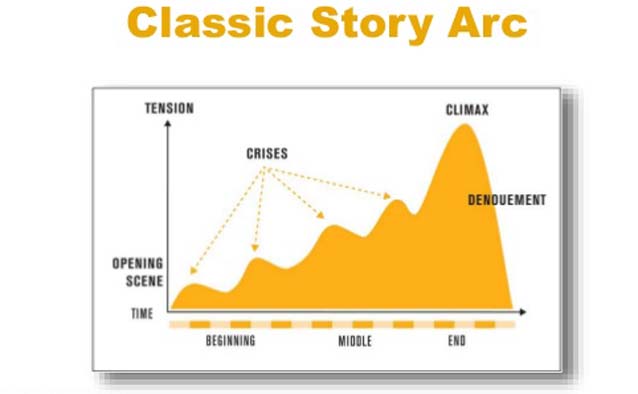Guest Post: Erin Thomas
Today I took a life drawing class, part of a teacher meet-and-greet event at Centennial College. Unlike the gentleman who jokingly stood up and pretended to walk away when the teacher explained that there was no nude model, I was intrigued by the sound of our assignment: we were going to draw an eye.
First Steps
The charcoal felt alarmingly light in my fingers and snapped off at the slightest provocation, but I slowly got the hang of drawing with the side of it, not the tip. Shading. Playing with weight and layers and darkness. The bumps on the easel board under my paper gave an interesting texture, like leaf-and-crayon art.
The eye was a sphere, the teacher explained, and that was where we were to start—just shading a circle. With no real understanding of how the dark blob on my paper was going to turn into an eyeball, I followed her lead. Soon we were covering part of the eye-circle with lines that turned into an eyelid. A lower lid followed. I had lines in the wrong spot; finger-smudging made them paler, but they didn’t quite disappear.
“Don’t try to copy,” the teacher advised. “Just think about the shape of the eye.” But I couldn’t see the sphere of it anymore. The lid seemed to be covering an eye-blob that was a different shape than the eye-blob that was emerging.
Adding More
I made more lines. It didn’t help.
I stepped back, try ing to find the beach ball of the greater eye within the drawing. It looked wrong, that was all. Unbalanced. I had drawn the eye of a crazed murderer, a horror-movie clown. And it was staring at me.
ing to find the beach ball of the greater eye within the drawing. It looked wrong, that was all. Unbalanced. I had drawn the eye of a crazed murderer, a horror-movie clown. And it was staring at me.
I made a line, smudged it out. Tried again, making a bigger mess each time. Eyelashes maybe? No. It turned out that eyelashes were not the answer.
Uncovering
“Good,” the teacher said. Good? Were we looking at the same drawing? Ah. This was teacher good, not real good. I have used this good myself.
“Just clean it up here and here,” she added, and with an eraser she cleaned up some of the leaf-and-crayon-like texture in the eye-white. She showed me that there is usually a space between the iris and the lower lid, and with a quick dodge of her hand, made it appear. She adjusted the shape of the area over the eye, and suddenly it matched what was beneath it.
There all Along
Now I could see the beach-ball roundness, the shape of it, the lines that belonged and the ones that didn’t. It had been there all along; I just couldn’t see the shape of it. Now, I could.

How often have I done this with a piece of writing? When something’s not working, sometimes our impulse is to keep adding lines. Add another character to supply the missing bit of information, add a plot twist to add excitement. Soon the shape of the story is obscured.
Part of what I love about my writing groups is their ability to see the shape of the eyeball underneath it all, when I can’t. To point out which lines I should erase. How many times will I need to learn the lesson that the right answer to a story problem is usually the one that’s already seeded in the manuscript? Sitting there. Waiting to be seen.
What doesn’t add…
The miracle of the eraser reminds me of my favourite piece of writing advice, one I heard from Kathy Stinson, although she makes no claim to have invented it. “What doesn’t add, subtracts.” And sometimes, it seems, subtracting is a way of adding.
Stories, it seems, have shapes of their own. 
Switching between charcoal and eraser, I made an eye. This eyeball art of mine is not going to win any prizes. It was not even the best piece of rookie eyeball art hanging on the wall with all of the other rookie-art eyeballs. But it is arguably the best thing I’ve ever drawn.
I’m going to keep a picture of it handy, to remind me to think about the shape of my story. To remind me, when I’m frustrated and lost in the lines, to be patient—to step back, to try again. The thing I’m drawing with my words might already be there, waiting to be uncovered.



